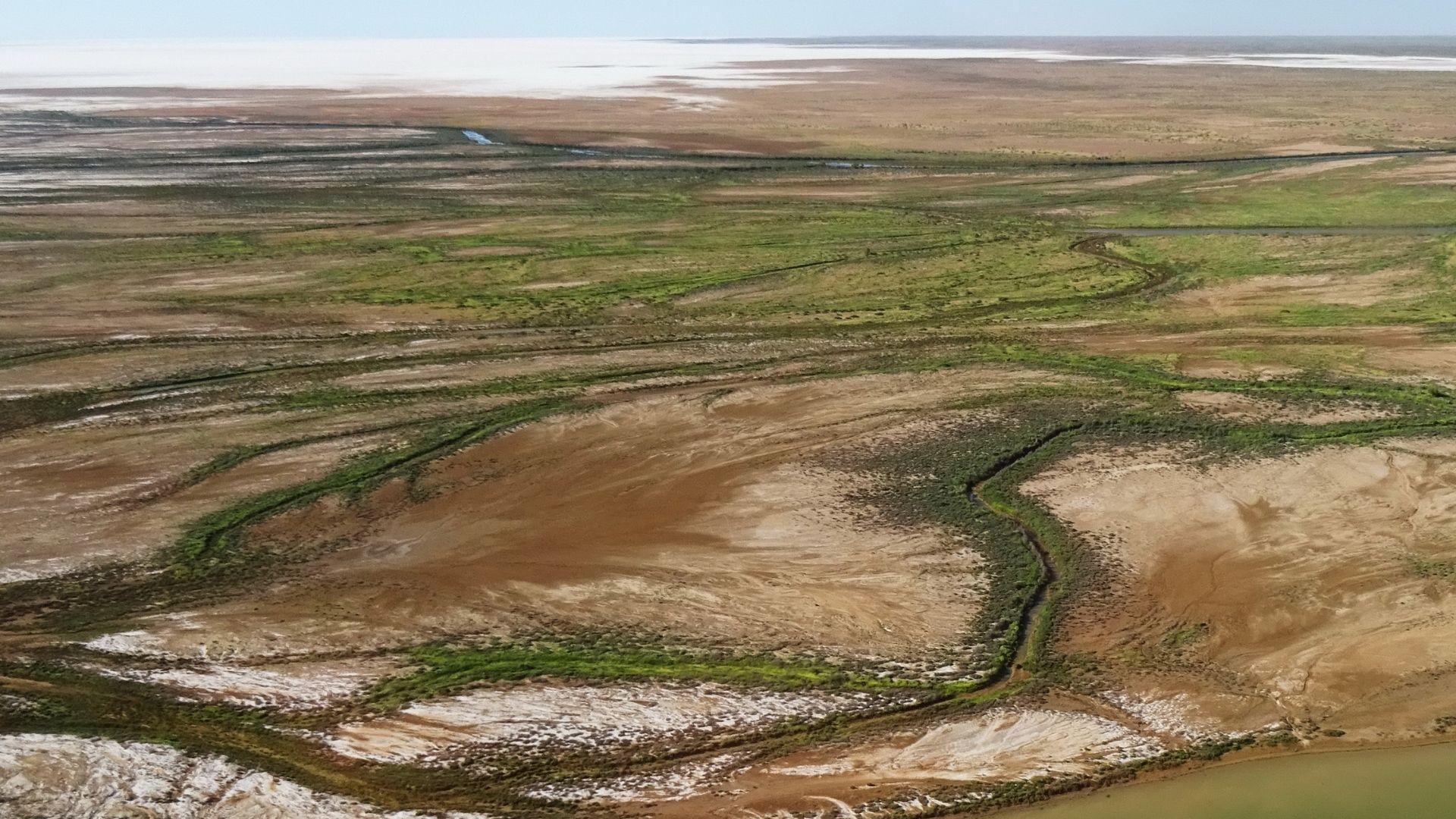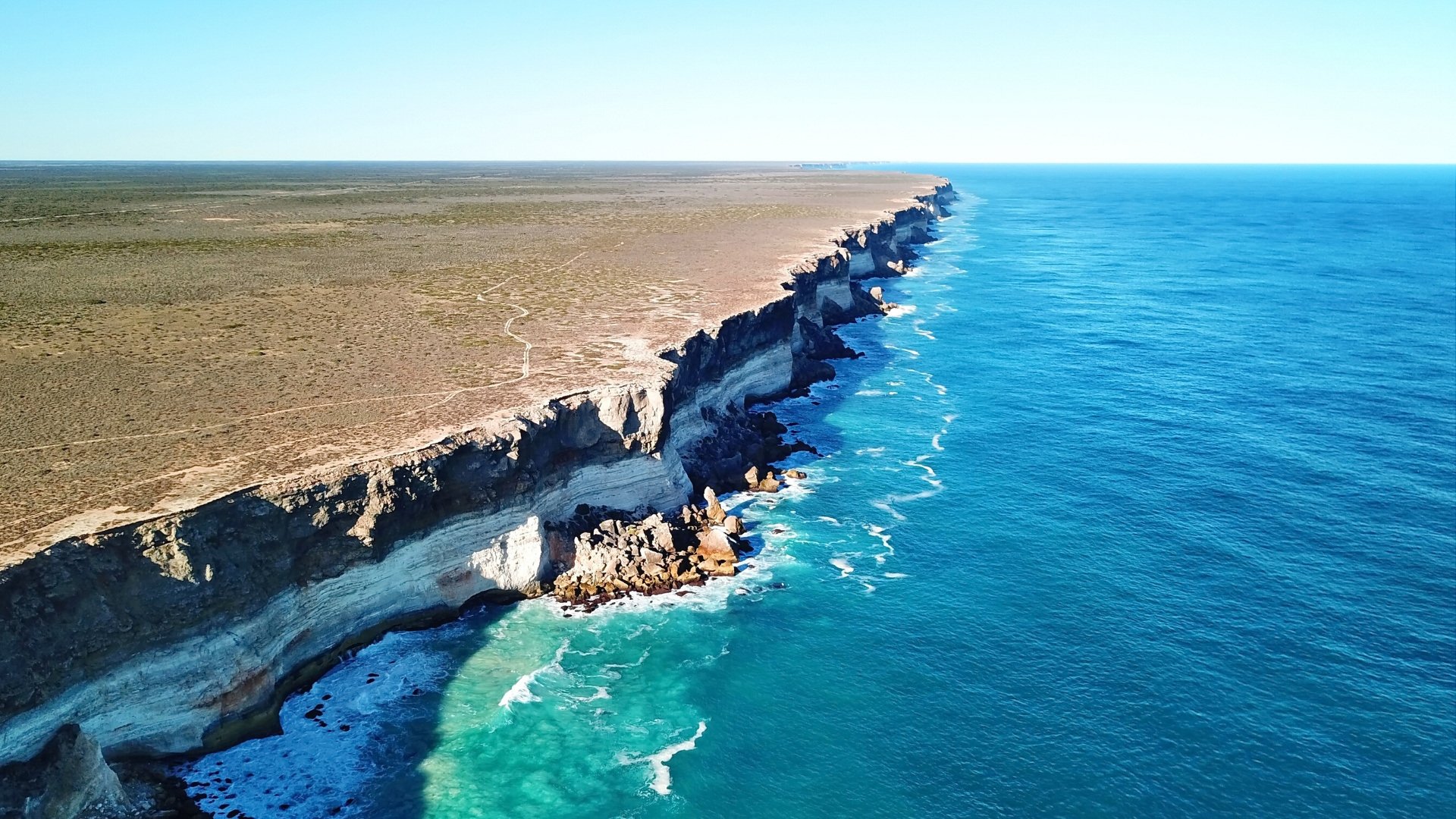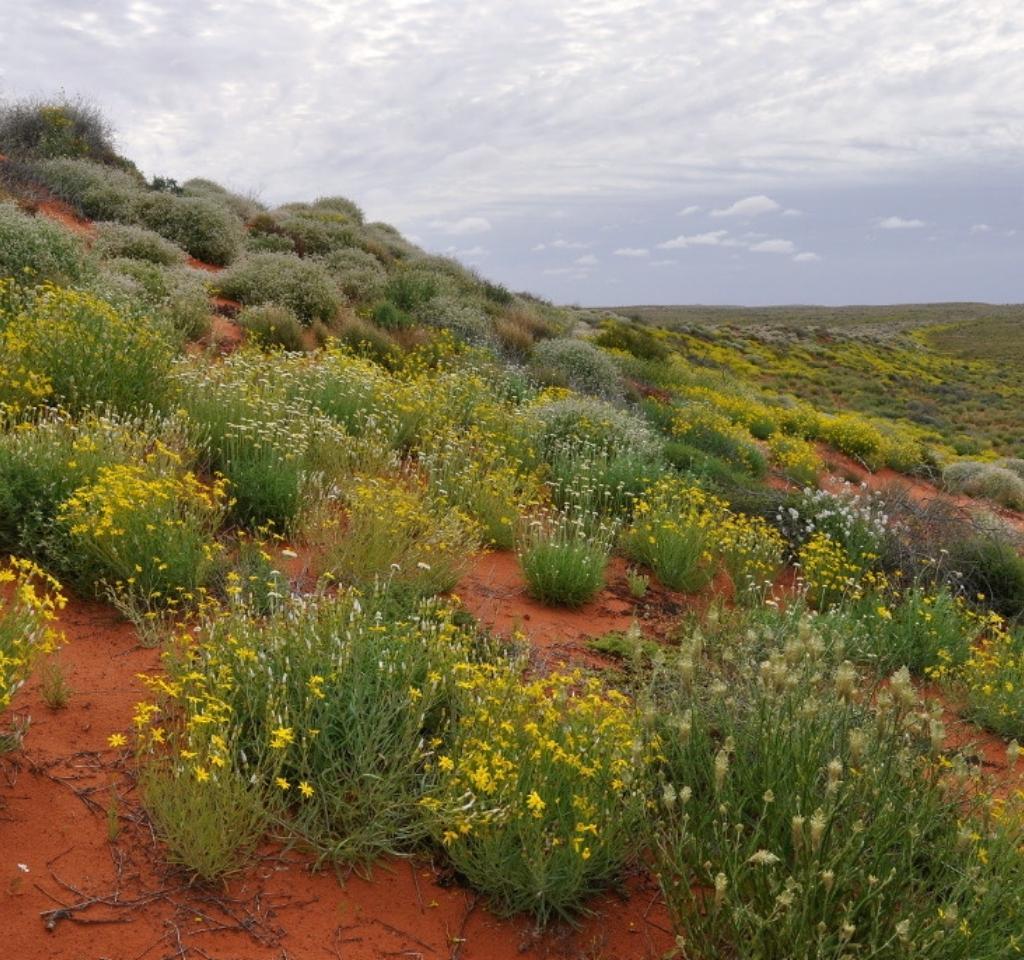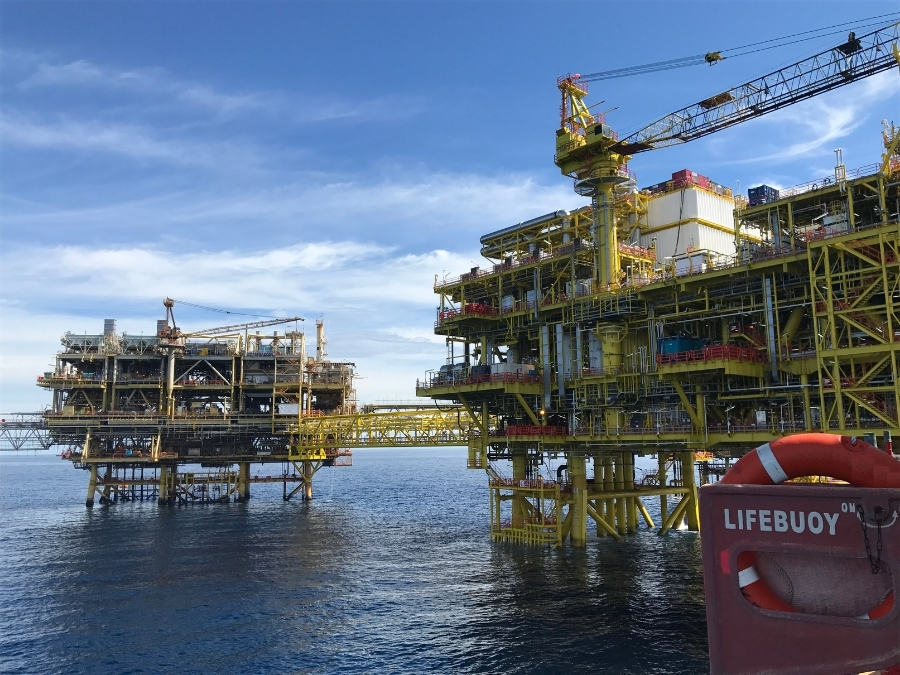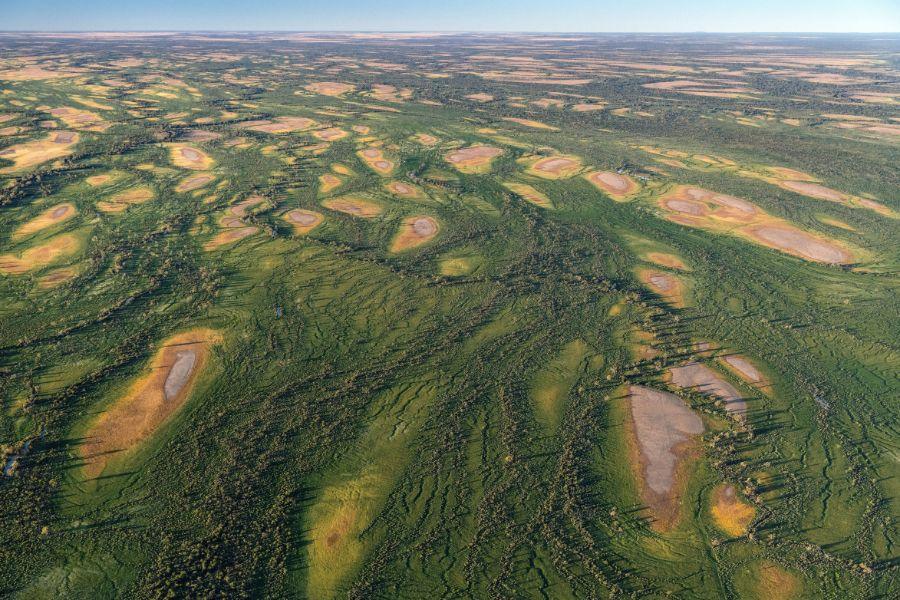
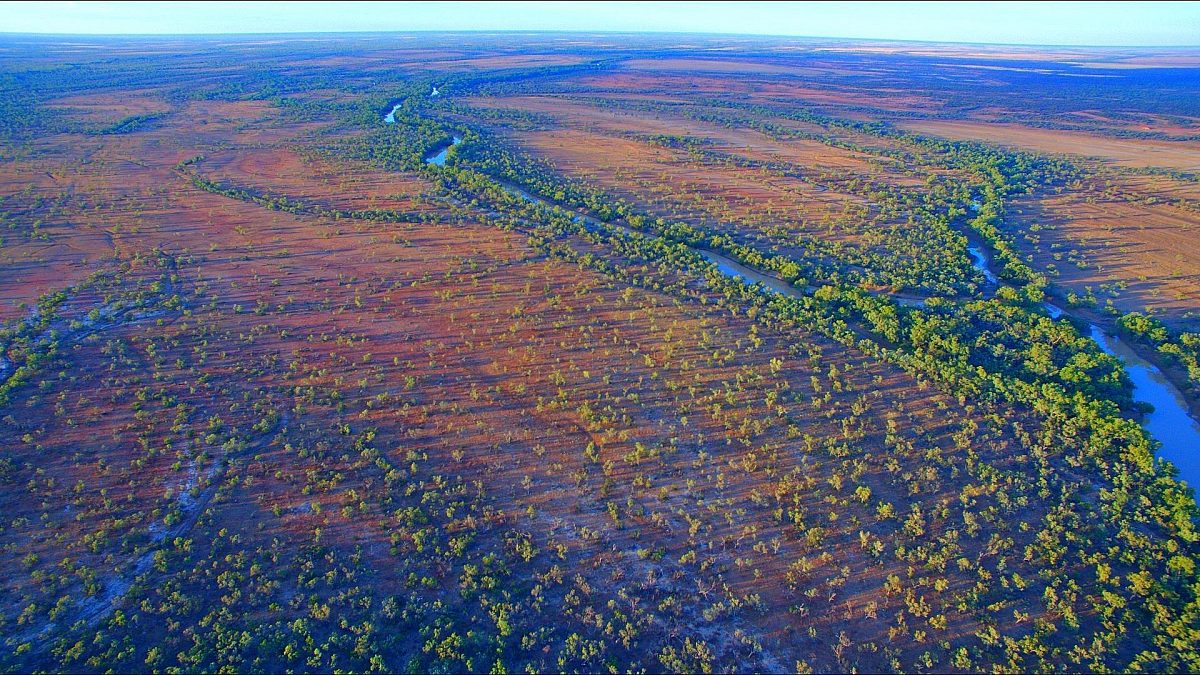
Channel Country
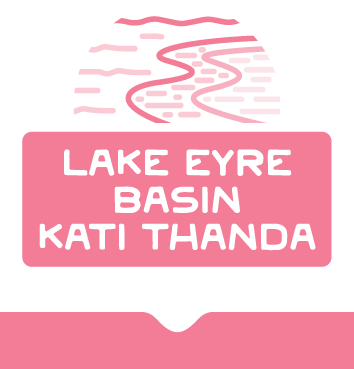
The Channel Country rivers are amongst the last free-flowing desert rivers left on Earth. When they flow they replenish delicate floodplains, the whole of the basin, including Kati Thanda-Lake Eyre to the south.

The Channel Country is an incredible place, a labyrinth of braided channels and fertile floodplains of an otherwise arid landscape. Home to an extraordinary array of endemic species, this is a culturally diverse and biodiversity-rich region.

UPDATE:
22/12/23: Today, the Queensland government will announce protections for the Channel Country rivers & floodplains from oil and gas. Wilderness Society welcomes the announcement from Premier Steven Miles.
Hannah Schuch, Queensland Campaign Manager said, “This is the government finally making good on their promise to protect this globally significant river system.
“This is a win for communities, nature and the climate.”
Read the Media Release
25/08/23: After 12 weeks, the government consultation on the future of the Queensland Lake Eyre Basin closed. Supporters across the country from Wilderness Society and other leading environmental organisations made their voices heard by sending a strong message to the Queensland government. Approximately 20,000 submissions to the Queensland government on the need to protect the Channel Country rivers and floodplains from damaging oil and gas.
19/06/23: In an exciting update, Origin Energy has surrendered leases held over the Channel Country floodplains. But while leases remain they could be taken over by another fossil fuel giant.
Ultimately, it’s time for the Queensland government to come good on their commitment to ban oil and gas on the Channel Country floodplains–to safeguard nature, the climate, culture and regional communities.
Carving up the Channel Country rivers and floodplains for dirty oil and gas simply doesn’t stack up.
02/06/23: Protection for Lake Eyre Basin one step closer as long-awaited consultation report released.
In a nutshell
Channel Country is special because:
It is one of the last healthy, free-flowing desert river ecosystems left on Earth
Spectacular intertwining channels bring life to arid desert landscapes
Floodplains can be 40-80km wide in places
Waterholes and wetlands provide crucial refuges that sustain the wildlife in these desert landscapes through long, dry periods
When the rivers and wetlands flood, native plants rapidly germinate and grow creating lucious carpets on the floodplains for as far as the eye can see, and dormant invertebrate eggs hatch providing a huge foraging area for fish, turtles, waterbirds and small mammals
The waterways form the foundation of several First Nations cultural stories, including those of Mowana (budgerigar), Multhuri (pelican), Magwiri (stork) and others.
Why is it under threat:
More than half a million hectares of the Channel Country floodplains remain under petroleum licences, owned by companies like Santos.
Many other companies are actively exploring for fossil fuels
Origin Energy has surrendered licences in the Channel Country, but the rivers and floodplains remain under threat until the Queensland government bans new oil and gas on these sensitive areas.
Infrastructure, like roads and wells, disrupt overland water flows during wet seasons, channelling water away from important wetlands, choking floodplains and starving plants and animals from much needed water
Oil and gas and the chemicals used to extract them risk poisoning this extremely flat, wetland landscape
Fossil fuel developments can reduce water pressure and water quality in these sensitive systems
More fossil fuels will exacerbate climate change, placing the Channel Country's delicate and unique ecosystems in increasing danger
The Kati-Thanda-Lake Eyre Basin is globally significant—it is one of the last water catchments on Earth that can flow uninterrupted, albeit on an intermittent basis. The catchment area is vast, encompassing western Queensland, Northern Territory, New South Wales and South Australia.
In Queensland, the Georgina, Diamantina and Cooper Creek river systems do not flow permanently. Rather, the semi-arid rivers fill every few years after long dry spells and bring the vast floodplains to life with native grasses and wildflowers for as far as the eye can see! During these wet periods, a complex network of waterways forms that support native plants and animals and local communities. During the dry periods, the water system is reduced to isolated waterholes and wetlands that provide crucial habitat for the animals that depend on them until the next big wet. The rivers in this basin are the life-blood for the flora and fauna of the Simpson Desert and Kati Thanda-Lake Eyre itself; the Cooper region alone has eight nationally important wetlands and 26 threatened species!
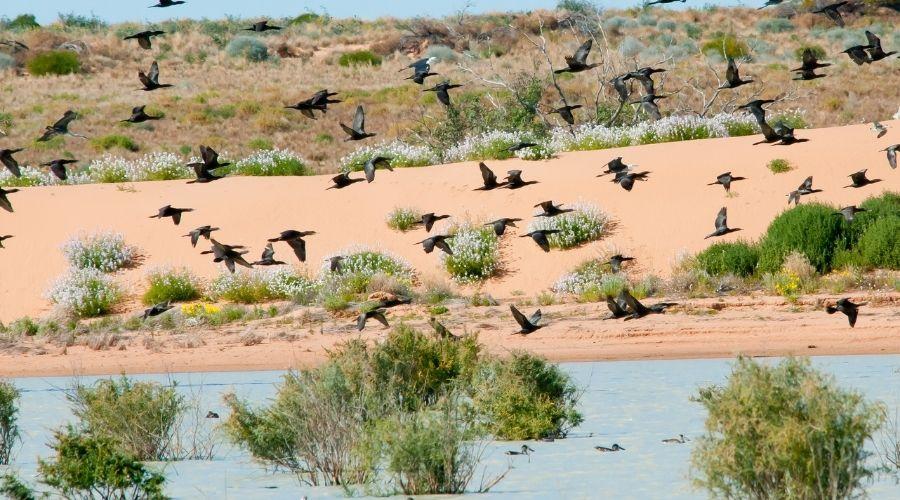
The rivers of the Channel Country support several endangered fish species, which depend on either permanent waterholes or artesian springs, including the Cooper Creek catfish, the Red-finned blue eye and the Edgbaston goby. They also support waterbird breeding events on a scale of international significance. During major floods, several million waterbirds can gather in these waterways; the ebb and flow of water over the years in the Channel Country is vital for birds like pelicans, cormorants, darters, spoonbills, egrets and herons.
The artesian springs in the Channel Country contain endemic wildlife not found anywhere else in the world that have evolved to fill a niche found in particular springs—some are only found in a single spring complex. These pockets of rare biodiversity are extremely vulnerable because they are entirely dependent on permanent groundwater supplies from the Great Artesian Basin aquifers.
Natural channels not man-made scars
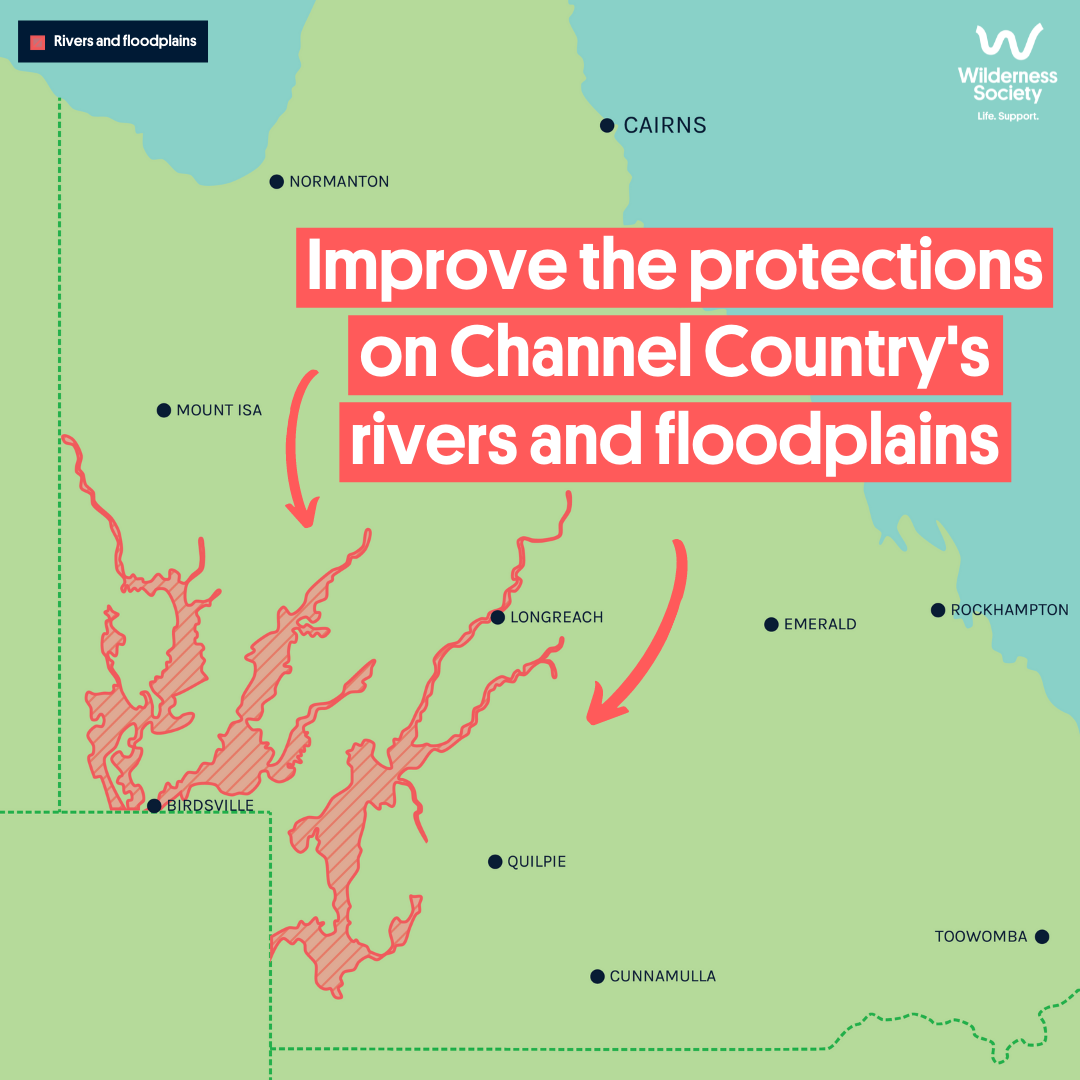
Unfortunately, as seems to be the case all too often across Australia, fossil fuel companies are determined to exploit the Channel Country for what lies beneath it: oil and gas.
Fracking in sensitive areas like the Channel Country poses enormous risks, including the loss, degradation and fragmentation of land and aquatic habitat from mining infrastructure; disrupted surface water flows which, if altered, can reduce flows into sensitive wetlands; reduced water pressure and water quality (both groundwater and surface water); and the disruption of aquifers can put permanent waterholes, and the threatened species that depend on them, in danger.
While the rivers and floodplains remain unprotected, big fossil fuel companies are being granted petroleum leases to explore for gas and oil, which will likely need significant infrastructure for fracking.
The Queensland Government's response to the threat of fossil fuels
The Georgina, Diamantina, and Cooper Creek rivers were protected under Wild Rivers legislation in 2011, however that legislation was repealed by the Newman LNP government in 2014.
In 2014, the Regional Planning Interest Act (RPI Act) was introduced. The protections provided under the RPI Act are similar to those protections provided by the Wild Rivers Act in terms of what uses are permitted and not permitted. The regulations under the RPI Act prohibit hard-rock mining, broadacre cropping, and large dams within the ‘Channel Country Designated Precinct’. However, the RPI Act regulations do not regulate or restrict oil and gas activities.
The Queensland Labor Party have been committing to protect the ecologically and culturally important rivers of the Channel Country since they entered government in 2015. Eight years on, we’re calling on the state government to protect the Channel Country in the Lake Eyre Basin once and for all.
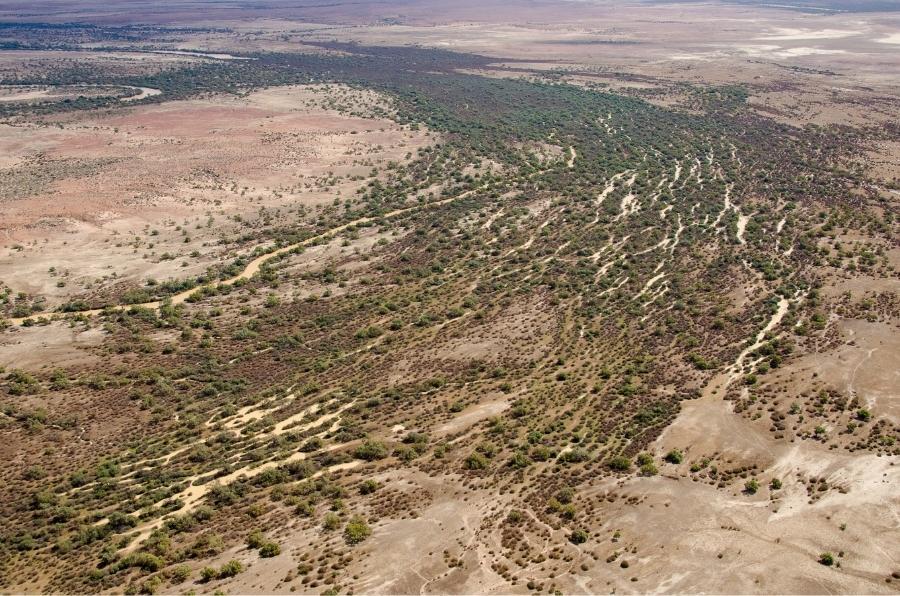
The Wilderness Society joins Traditional Owners, locals, graziers, environmentalists, scientists and thousands of Queenslanders who have united against new oil and gas on the Channel Country rivers and floodplains.
Protecting the Channel Country
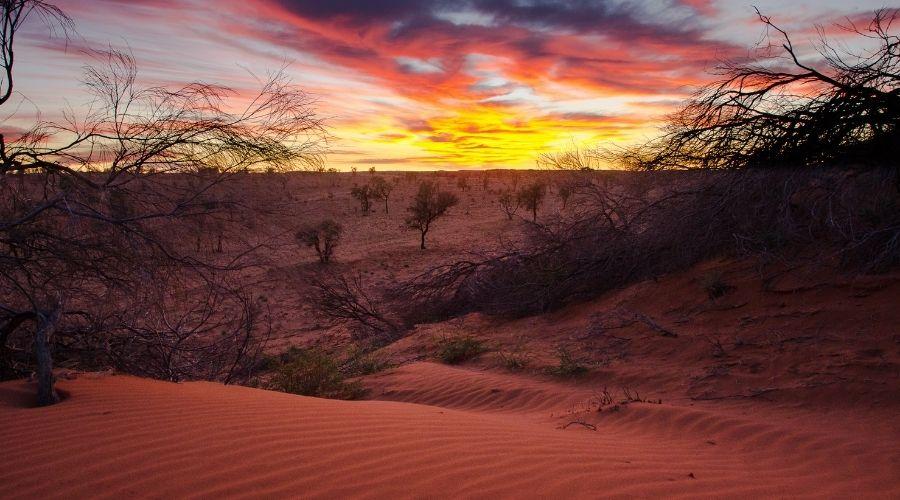
In conjunction with our friends at several other organisations, the Wilderness Society has been working to hold the Queensland Government to account on its long standing commitment to protect the Channel Country rivers and floodplains. We have built an empowered community who have repeatedly communicated with decision makers about the need to protect this area from oil and gas development, held community events and are amplifying the voices of those in the Basin.
Together, we pressured the Queensland Government to release the long awaited Lake Eyre Basin Regulatory Impact Statement. Twenty thousand supporters (from the Wilderness Society and elsewhere) sent a strong message that the Channel Country rivers and floodplains are no place for oil and gas.
Quite simply, the sensitive rivers and floodplains of the Channel Country cannot be put in danger from the mindless extraction of yet more fossil fuels.
